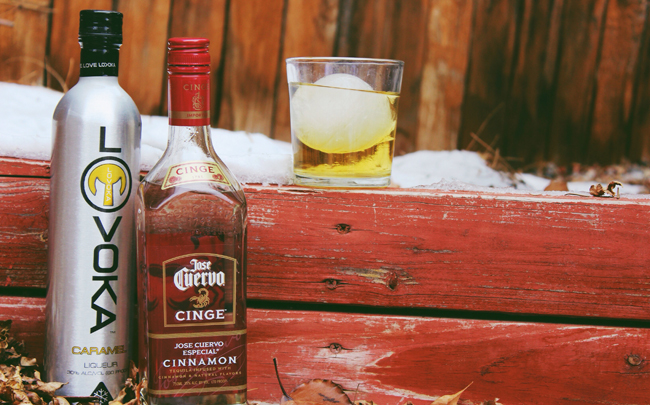
Vermouth is an essential ingredient to many classic cocktails and is one of the first bottles you should buy for your home bar. Vermouth is an aromatized and fortified wine, like Sherry or Port. It lasts longer than wine, but once a bottle of vermouth is opened, it should be used within a month or two and you should keep it in the fridge so it stays fresh.
As I continue to learn more about vermouth, there’s something that you should also know as a home bartender: the difference between good (expensive) vermouth and bad (cheap) vermouth is huge. Cheap vermouths are often overly bitter and pretty abrasive, which has led to dryer and dryer martinis being served in bars (because cheap vermouth that’s long past it’s expiration date is especially awful). As much as my maven nature wants to fight it, it’s time to settle this once and for all: there’s no such thing as a vermouth that’s both good and cheap.
Which brings us to Contratto: a quality Italian vermouth that will run you about $30 a bottle:
Contratto Bianco is their “dry” version, a vermouth with a wonderful sweet citrus flavor – grapefruit with a touch of orange. This vermouth is so good, you should try it on the rocks at the start of a nice fish dinner. For martinis with Bianco, don’t garnish with the traditional olive, but add a lemon twist instead.
Contratto Rosso is a copper/brown and has a stronger, more bitter nose to it. It musky and woody and tastes like cloves, cinnamon, and bitter chocolate. It makes an amazing Manhattan, and yes, this one is also good enough to drink on it’s own. Try it neat with your dessert in the place of port.
Even though I’m very price-sensitive when I shop, I have had enough great vermouth now to know that the extra money spent on a quality bottle of vermouth, like Contratto or Vya, makes such a massive difference in the quality of my home cocktails, it’s impossible to ignore the value of it.










